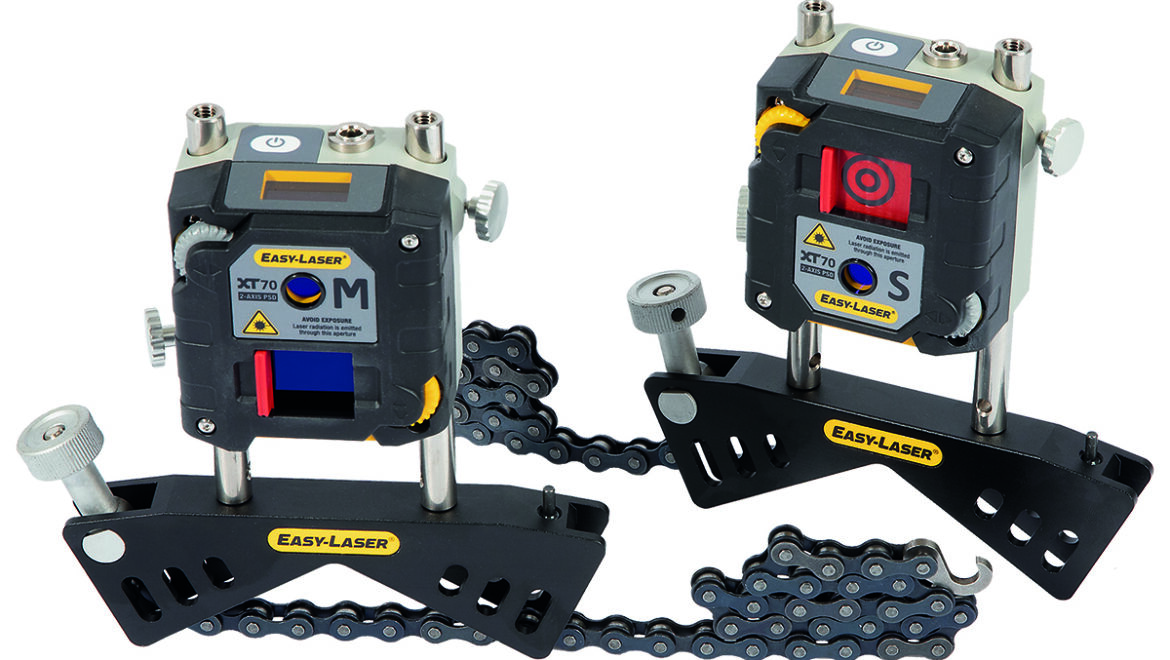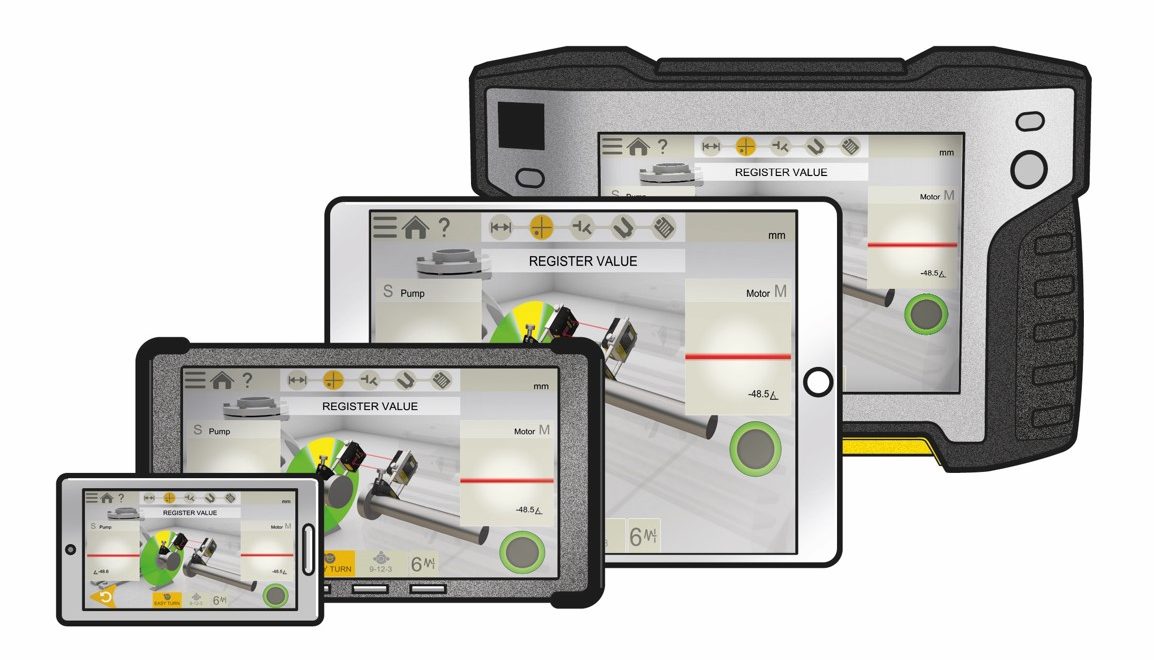Maximizing Equipment Longevity with Precision Shaft Alignment
Maintaining optimal machine performance is crucial for the smooth operation of any rotating machinery. Misalignment in rotating machinery can lead to increased energy consumption, premature wear, breakdowns and unexpected downtime. To address these challenges, the EASY-LASER XT770 Shaft Alignment Tool has become a game-changer for industrial maintenance teams, ensuring precise alignment and helping prevent costly disruptions in production. Learn more about its various shaft alignment applications here.
Read more







